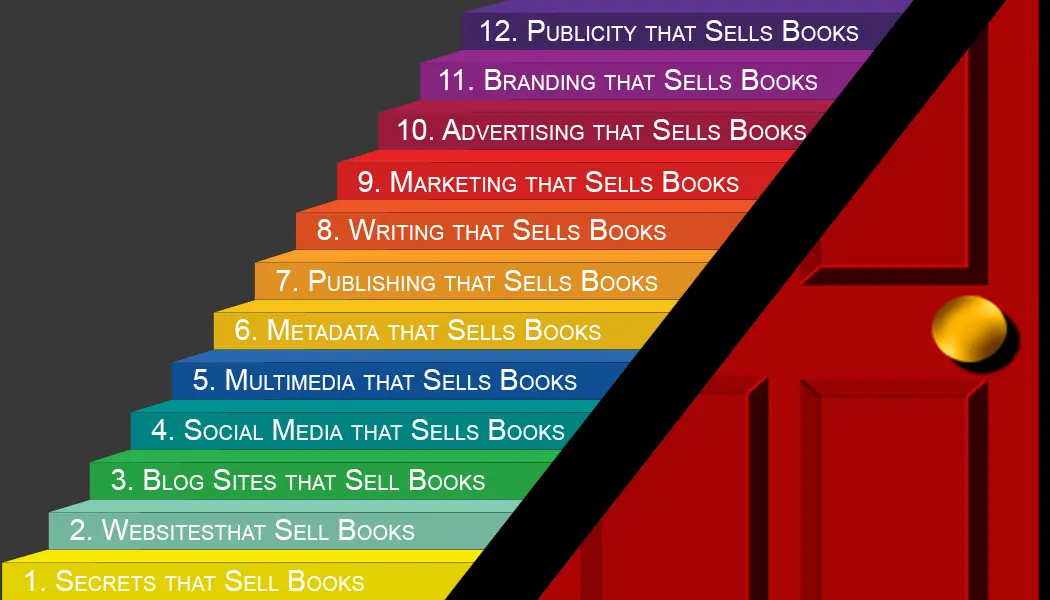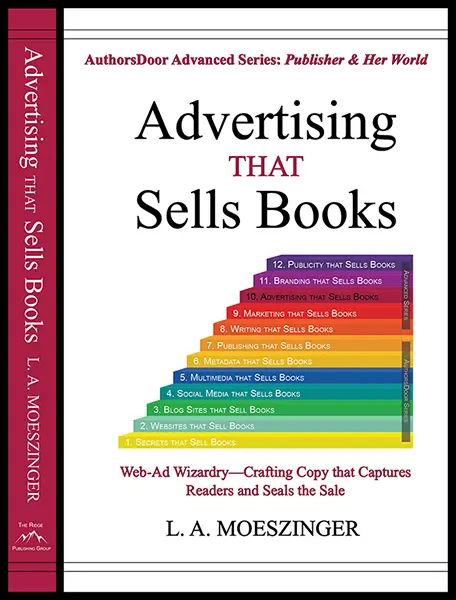For businesses looking to boost market presence and drive sales, a well-crafted sales and advertising plan is indispensable. Such a plan not only outlines how to achieve sales targets but also integrates advertising efforts to maximize reach and effectiveness. Here’s an in-depth guide to formulating a successful sales and advertising strategy.
Establish Clear Sales and Advertising Objectives
Setting Clear Goals: Begin by setting clear and concise sales objectives. These goals should be SMART: Specific, Measurable, Achievable, Relevant, and Time-bound. Examples include increasing sales by 20% within a year, boosting product line sales, expanding market reach, or improving customer retention rates. Similarly, define specific advertising goals like enhancing brand visibility, improving engagement on digital platforms, or increasing lead generation through targeted campaigns.
Alignment with Overall Business Strategy: Ensure that both sales and advertising objectives are tightly aligned with the broader strategic goals of the company. This alignment guarantees that every effort contributes directly to the business’s primary aims, ensuring resources are utilized effectively and synergies are maximized.
In-Depth Market and Customer Insights
Market Research: Conduct comprehensive market research to gather insights about the industry conditions, key market trends, competitive landscape, and potential growth areas. This research should provide a clear picture of where your business stands and identify both opportunities and threats.
Customer Analysis: Deep dive into understanding your target audience by segmenting customers based on various criteria such as demographic information, behavior patterns, purchasing habits, and preferences. This segmentation will allow for more targeted and effective sales strategies and advertising messages.
Crafting Your Advertising Strategy
Advertising Objectives: Outline what each campaign aims to achieve in support of the broader sales goals. These could range from building brand awareness and reputation to directly stimulating consumer actions such as inquiries or purchases.
Channel Strategy: Select appropriate advertising channels that best reach your target segments. For digital campaigns, options might include social media platforms, PPC (pay-per-click) advertising, email marketing, and SEO (search engine optimization). For traditional media, consider TV, radio, print ads, and outdoor advertising based on your market research.
Message Development: Develop compelling advertising messages that resonate with the identified customer segments. Messages should effectively communicate the value proposition and differentiate the product or service from competitors. They should evoke emotional responses or call to actions that align with the objectives of the advertising campaign.
Detailed Sales Tactics and Methodologies
Sales Strategies: Outline specific sales strategies that the sales team will employ to directly engage with and convert leads. This could include personalized sales pitches, product demonstrations, or consultative selling techniques tailored to meet the needs and solve the problems of prospective customers.
Sales Training and Tools: Equip your sales team with the necessary training and tools to execute the sales strategies effectively. This might involve regular training sessions, access to up-to-date customer relationship management (CRM) software, and sales enablement materials.
Incentive Plans: Design incentive plans to motivate and reward the sales team for their achievements. These should be clearly linked to performance metrics such as sales volumes, revenue targets, or key account acquisitions.
Budget Allocation and Resource Management
Budgeting: Clearly define the budget for both sales and advertising activities. Allocate funds based on projected returns, with flexibility built in to shift resources as needed based on performance data and changing market conditions.
Resource Allocation: Assign adequate resources, including personnel and technological tools, to ensure the efficient execution of the sales and advertising plan. Balance resource allocation between long-term brand building activities and short-term sales tactics.
Continuous Monitoring, Evaluation, and Adjustment
Performance Tracking: Set up systems to continuously monitor the effectiveness of sales and advertising activities. Use KPIs tailored to each campaign and sales initiative to measure success and ROI.
Feedback Loops and Adjustments: Establish feedback mechanisms to gather insights from the front lines. Regularly review campaign performance and sales outcomes, ready to make strategic adjustments as necessary. This might involve re-allocating budgets, tweaking advertising messages, or revising sales approaches.
Developing a Sales and Advertising Plan: A Detailed Strategic Approach
A comprehensive sales and advertising plan is a dynamic document that requires ongoing attention and refinement. By establishing clear objectives, gaining deep market and customer insights, and implementing focused strategies, your business can enhance its competitive edge and achieve significant growth. Remember, the key to success lies in the continuous evaluation of results and the flexibility to adapt strategies in response to market feedback and changing conditions.
_________________________________
Related Entries:
Crafting a Marketing Plan: A Strategic Blueprint
Related Topics:
Visit our website at www.AuthorsDoor.com and our blog site at www.AuthorsRedDoor.com as you continue your author-publisher journey.


